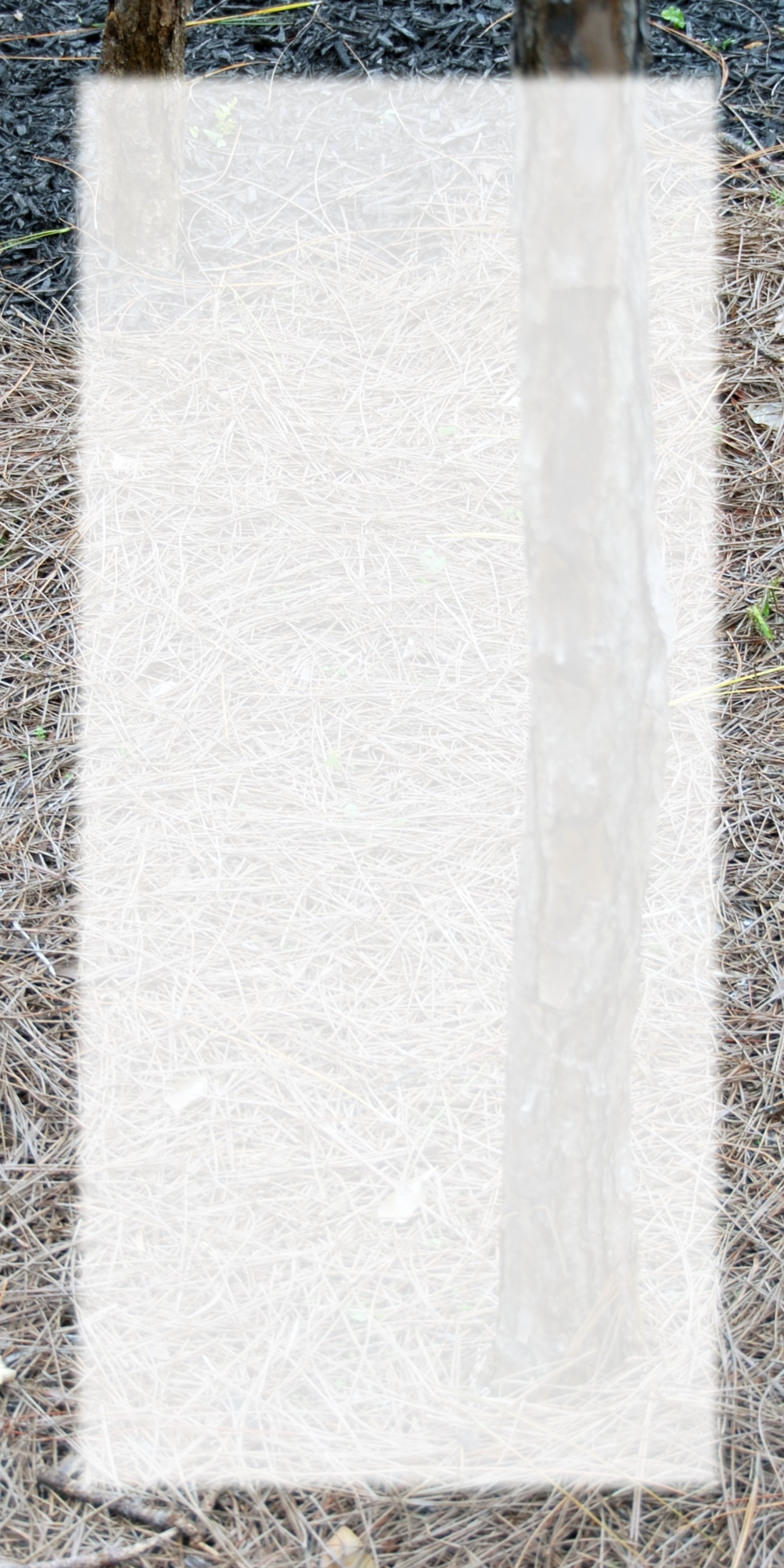Stories Well Told by Chris Nickson
Most people give no consideration to storytelling, or if they do, think of it as something safe, reading tales from books to children. Yet storytelling is one of the oldest arts of the human race, a way of explaining and dealing with life and belief, and keeping our histories, real and imagined. Storytelling can be dangerous, taking audiences to the edge of imagination and beyond.
So a storytelling festival, although very much for the minority, can be a place of adventure. In its 15th year, Festival at the Edge, held close by the stunning escarpment of Wenlock Edge, just outside the ancient Shropshire market town of Much Wenlock, close to the English border with Wales, keeps a tradition alive – and constantly expands it.
The 2006 edition of the festival – the Edge as it’s known to aficionados – brought two commissions, “A Tongue Of Stone” from Sharon Jacksties and Jem Dick, which entwined stories and music made on instruments built especially for the piece. The inspiration arrived in the discovery of two of Britain’s oldest burials – one of a child buried lying on a swan’s wing, and another of a child buried with a stone the shape and size of a tongue in its mouth. What did they symbolize? These mysteries formed the basis of an intriguing, captivating journey. Peter Chand took an equally powerful, but more light-hearted approach, weaving traditional Punjabi stories into tales of immigrant life that were both touching and humorous.
They were just two of many tellers around, ranging from the good to the outstanding. Egypt’s Chirine El Ansari attempted to place ancient ideas in very modern settings, but ultimately failed by losing herself in descriptions of the contemporary trappings at the expense of the timeless. Far more successful was Daniel Morden and New Folks with “Devil’s Violin,” based on tales of the Welsh Gypsies. Magical, often beautiful, his expressive telling brought out the tension, drama and compassion of the tales, while New Folks – a trio of violin, accordion and cello, all virtuosos – not only offered superb musical interludes, but imaginative backing to the voice that blended seamlessly with the stories, accenting them with subtle touches. It was a tour de force, one that’s due to tour theatres throughout Wales (aptly) this fall.
Music with stories was part of the weekend, but (this being a festival), there was also music as just music on several stages. Transglobal Underground, with their rooted ethno electronica (they worked with a teller at times) rocked one tent on the Saturday night with pulsing bass and strong ethnic sensibilities. Charlotte Greig’s dark folk music (accompanying herself variously on Indian harmonium, mountain dulcimer and guitar) conjured up shadowy places of the psyche with a soft voice that held acres of menace.
The real musical surprise was also the youngest, a quartet named Kerfuffle, whose oldest member was 20, and who’ve just released their third CD. Playing a mix of traditional English and mature original pieces, they were a revelation – accomplished, personable, and with a glittering future in folk music.
However, the vast majority of music took place on the open village stage, situated in the middle of the field that also hosted the craft and food booths (which included some sublime Caribbean food) and the beer tent (21 different real ales and fives types of draught cider, a beer drinker’s heaven, and especially popular given the scorching temperatures of the weekend). It was a good location for street performers, who ranged from good to mediocre, but none of them especially memorable.One person who was easy to find – if you could keep up with her – was storyteller Shonaleigh. A drut’syla, or teller in the Jewish tradition, she probably deserved the award for hardest-working entertainer of the festival. On Friday and Saturday she performed “a fairytale from Auschwitz,” the intimate, moving and hopeful “Fool Of The Warsaw Ghetto” (the Saturday performance being last-minute, filling in for a non-appearance by another act). Also on Saturday she ran a workshop for tellers and compered the packed night time storytelling concert. Sunday saw her taking part in the hilarious storytelling “pub quiz” followed by the premier of her new duo, Cavelation, which teamed her as both teller and singer with guitarist and songwriter Simon Heywood. Although stretched so thin, she consistently produced work of remarkable quality. Her big piece, usually performed with musicians, worked powerfully as a solo affair, and her workshop (according to attendees) was a hit. The only tentative note was the duo – perhaps understandable for a first performance, especially unamplified in a beer tent surrounded by people determined to finish off the barrels on a Sunday afternoon. Even then, they turned in a good, if not perfect, short performance.
Next
